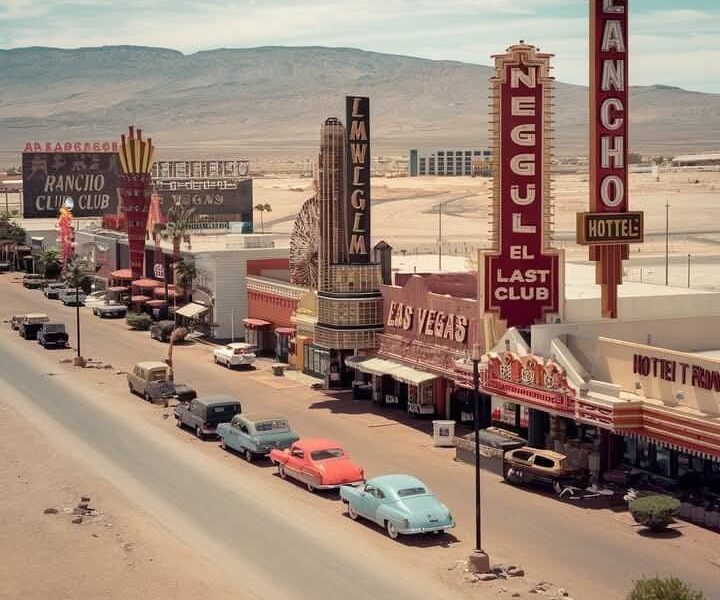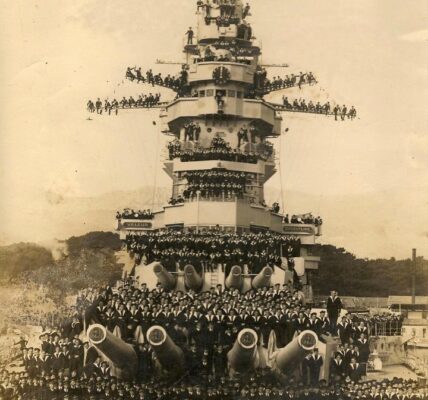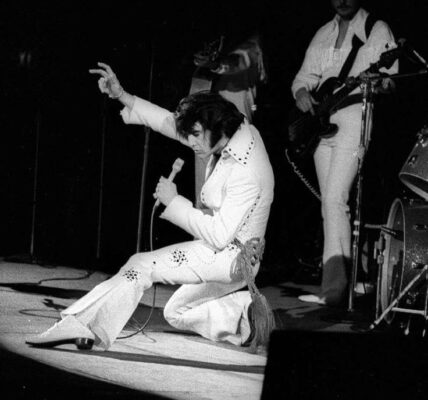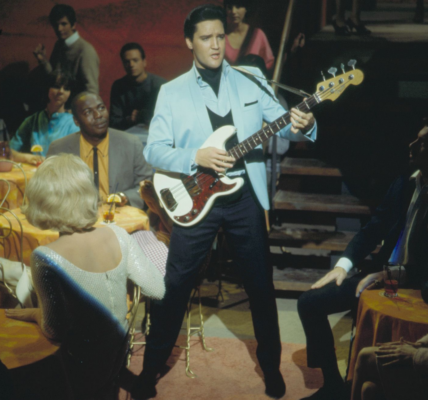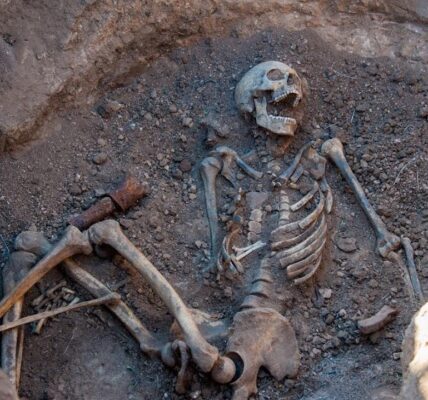Las Vegas in 1947 – A City of Lights in Transformation
In 1947, Las Vegas was no longer just a small desert town in Nevada—it was rapidly becoming a hub of entertainment and gambling. The neon lights of Fremont Street began to shine brighter than ever, illuminating the growing number of casinos, bars, and hotels that lined the streets. This was a pivotal time in the city’s history, as fortune seekers, gamblers, and tourists from all over the country flocked to experience the glamour and excitement of Sin City.

Las Vegas – The Gambling and Entertainment Capital
After World War II, the U.S. economy boomed, and Americans had more disposable income to spend on leisure activities. Las Vegas took full advantage of this economic surge by expanding its tourism, gambling, and hospitality industries. In 1947, legendary casinos like The Golden Nugget were beginning to attract visitors with their luxurious gaming floors and thrilling live performances.

Beyond gambling, Las Vegas also became a hotspot for top-tier entertainment. Big-name stars like Frank Sinatra, Dean Martin, and Sammy Davis Jr. regularly performed at the city’s upscale nightclubs and hotels, bringing an air of Hollywood glamour to the desert.
Neon Lights – The Symbol of a City That Never Sleeps
Advertisement
One of the most iconic sights of Las Vegas in 1947 was the explosion of neon signs. As night fell, the entire city came alive with a kaleidoscope of bright lights, turning Las Vegas into a world of endless excitement. Fremont Street, the heart of the city, became a glowing boulevard, inviting visitors to indulge in the entertainment, games, and nightlife that made Las Vegas legendary.
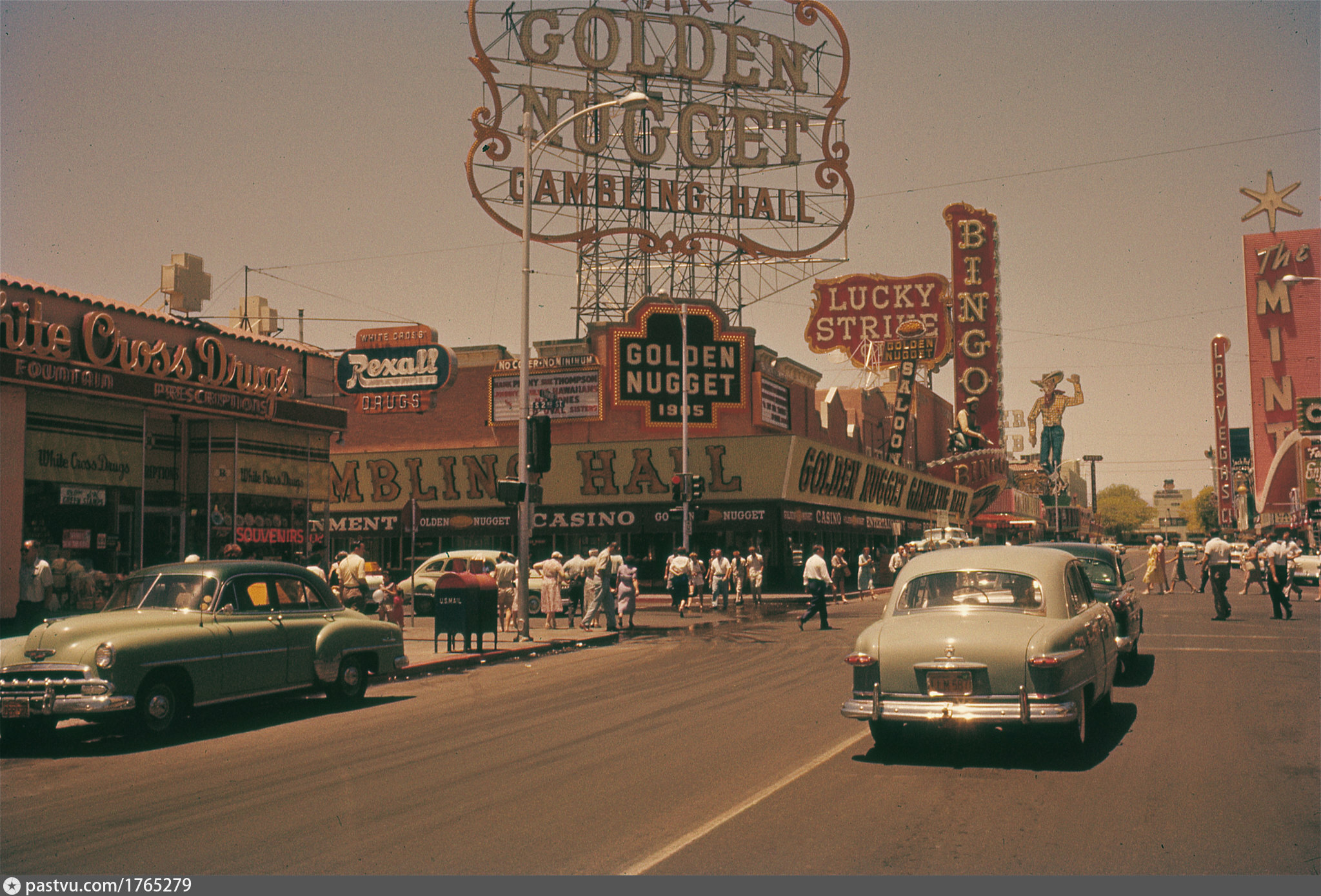
Las Vegas – Where Dreams Are Made (or Broken)
For many, Las Vegas was a place where dreams could come true—one lucky hand at the poker table could turn an ordinary person into a millionaire overnight. But for others, the city was where fortunes disappeared as quickly as they were made. Win or lose, everyone was drawn to the irresistible energy of the city, where risk and reward went hand in hand.

Conclusion
In 1947, Las Vegas was not just a gambling town—it was a symbol of freedom, extravagance, and limitless possibilities. It was a time when the city truly began to forge its reputation as the entertainment capital of the world. And though decades have passed, the allure of Las Vegas’ lights, games, and excitement remains just as strong today.
